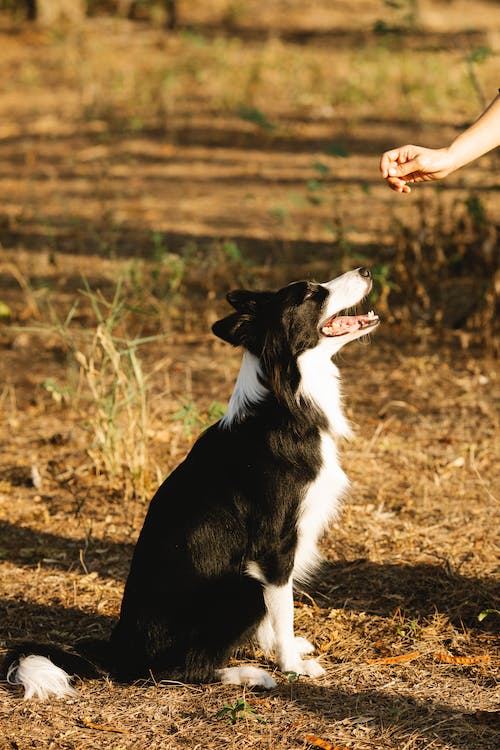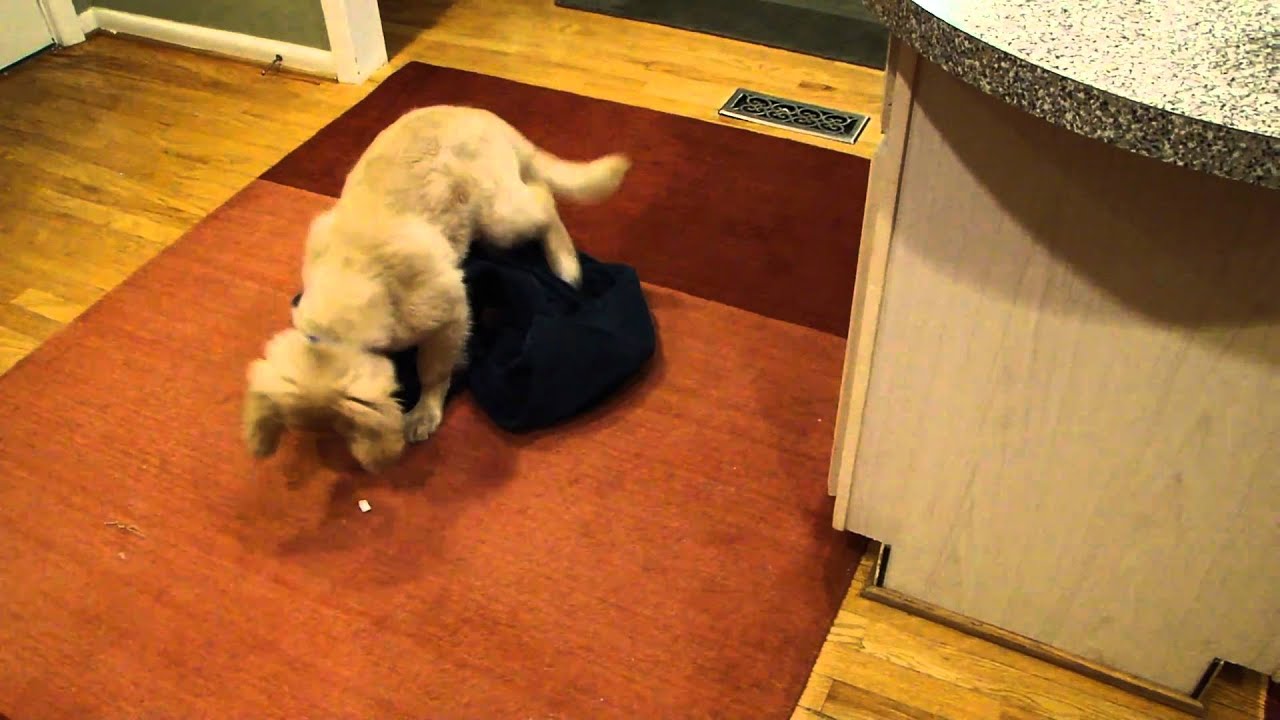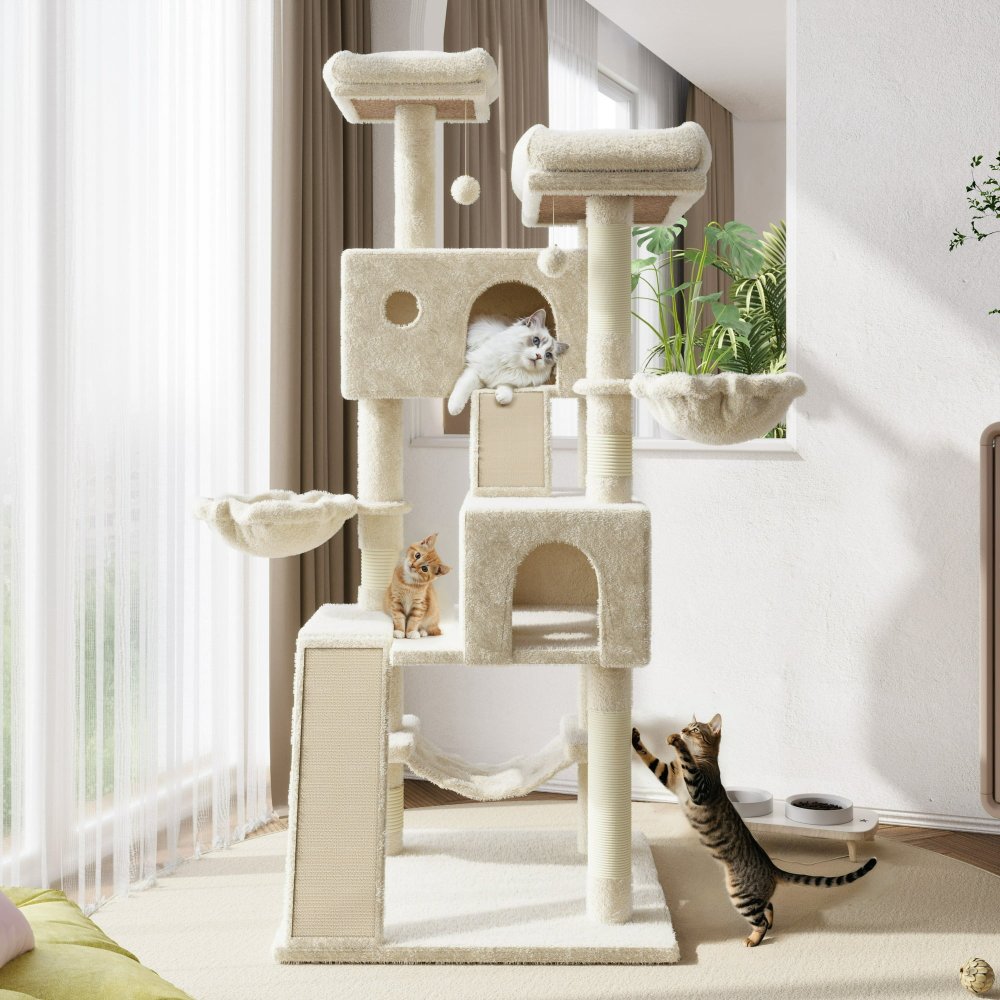It’s a common scenario – you carefully measure out and place your dog‘s kibble in their bowl, yet they just stare at it. Wave a tasty morsel under their nose however, and suddenly keen interest and vigorous tail wags emerge. What gives? Why the expectation for such special meal service? Understanding what motivates picky pups puts their finicky food ways into perspective.
Seeking Your Attention
For some dogs, enticing owners to hand feed meals is their bid for quality bonding time together. Eating directly from human palms mimics the intimate nurturing dynamic of nursing mothers feeding vulnerable puppies. It may satisfy cravings for focused affection amid busy modern life. Consider setting aside moments to indulge doting dogs if attention-seeking drives their mealtime tricks.
Establishing Dominance
Secure alpha pack status goes to those controlling resources like food. Insistent whimpering, nudging and refusing bowl meals could signify pushy dogs attempting to assert dominance over you, essentially demanding butler-style catering. Nip power struggles in the bud by sticking to scheduled diets in their dishes, minus pampering or freeloading. Consistency establishes you as secure pack leader.
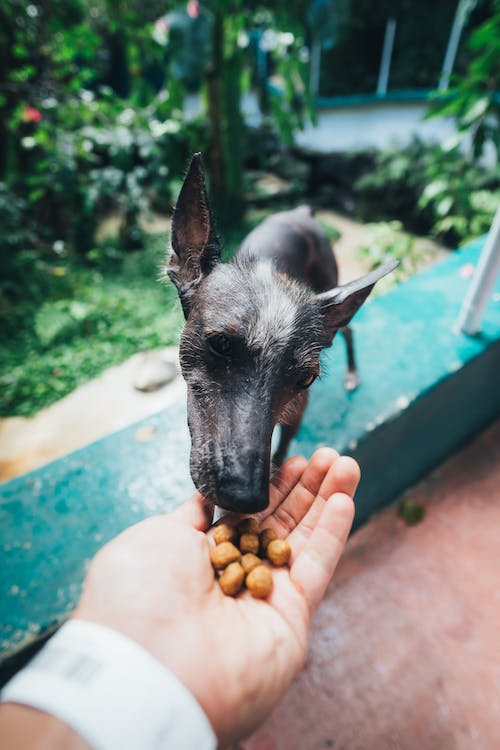
Alleviating Anxiety
Stress or nervousness – especially separation anxiety when left alone – commonly reduces dogs’ appetite and comfort level eating from solitary bowls. But the familiar reassurance of owners’ scents and touch when handfeeding can temporarily relax them enough to consume full meals. As anxiety likely requires professional treatment, ask trainers whether temporarily hand feeding eases worries while working on the root issue.
Responding to Positive Reinforcement
Randomly surprises like receiving scrumptious morsels directly from owners’ fingers for no reason trains dogs that hand fed meals equal immense rewards. No wonder they start expecting accompany every dinner! Make sure everyone in the household ignores begging and keeps people food firmly off the menu.
Preference for Fresh Foods
Dogs descended from opportunistic hunters and scavengers genetically disposed to prize freshly caught fare consumed immediately at its peak. While we think nothing of pouring room temperature kibble from a bag into a bowl, something about that static dry presentation screams dull and unappetizing contrasted to tantalizing tidbits hand delivered straight from the source. It’s an adventure versus mere subsistence.
Breaking the “Hand Fed Only” Habit
If your dog has become obsessively reliant on direct palm delivery of certain foods, use patience and friendliness to recondition them to eat properly from their dish again. Eliminate hand feeding cold turkey – continue normal mealtimes and amounts in the bowl even if they reject it at first. Most will eventually eat when sufficiently hungry. Stay positive, don’t cave to whining, set them up for success, and this phase should pass.
While exceptions exist like acute anxiety requiring accommodation, think twice before allowing your dog to wrap you around their paw every supper! Fiendishly clever canines know how to work the system – but you can lovingly show them tough leaders place pack requirements first.
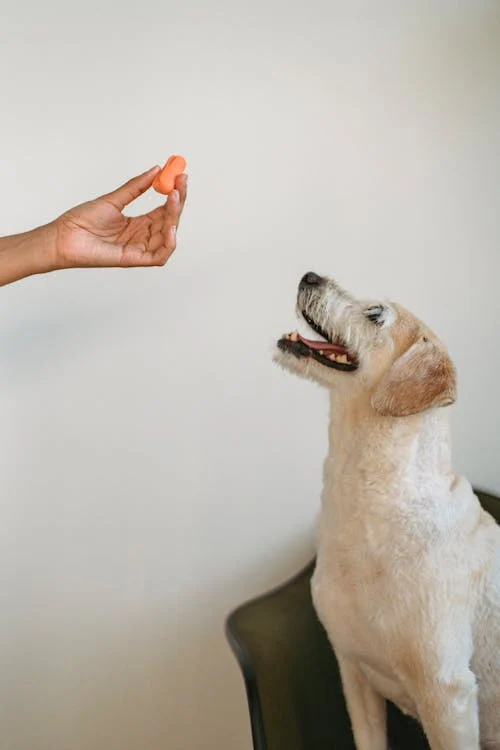
Frequently Asked Questions
My senior dog stopped eating from her bowl. What should I do?
Check with your vet to rule out dental disease gumming up chewing, nausea from medication side effects, or other health conditions hampering appetite. If physically fine, briefly hand feeding warm food to stimulate smell and taste may encourage seniors to rediscover meals.
How do I stop my dog begging at the table for scraps?
Ignore them completely, never feed from plates, have family members enforce rules too, and don’t cave no matter how sad the eyes! Additionally, fill their belly beforehand so not running on empty, provide an occupied chew toy, and reward ignoring tempting smells.
Could my rescue dog have a past trauma over eating from bowls?
It’s possible. Abused dogs may associate bowls with former mistreatment. Offer water and kibble on flat plates, exchange bowls for puzzle toys releasing food, or temporarily hand feed while working on confidence building. Check with behaviorists for strategies tailored to fearful dogs.
Patience, leadership and compassion go a long way in handling drama around finicky food habits. Rule medical issues out first, then establish consistent mealtime ground rules respecting your dog while prioritizing their health and training. Stay strong – your dog will soon appreciate you have their best interest at heart!
